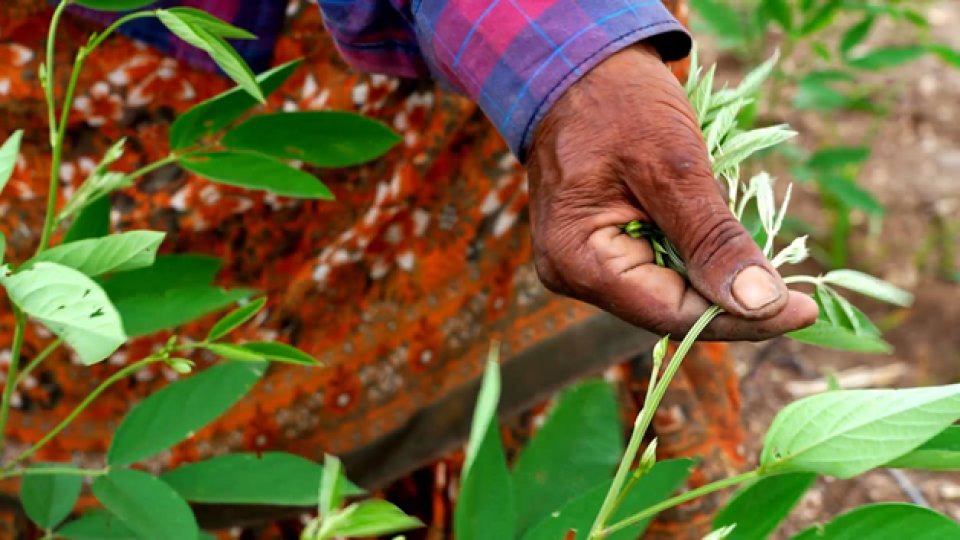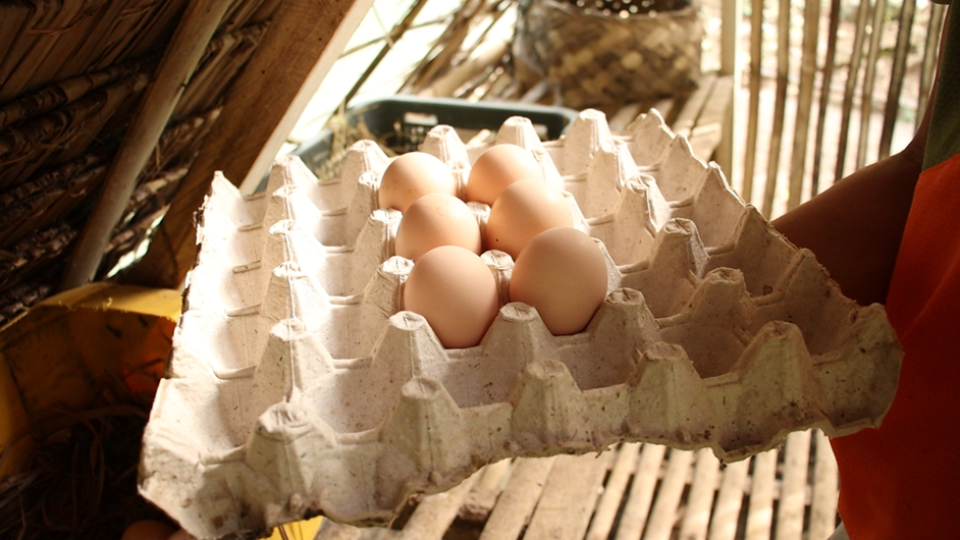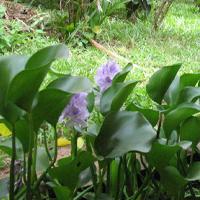
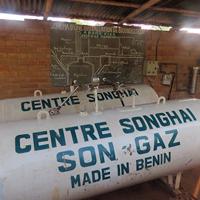
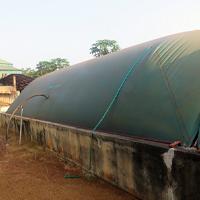
In the twentieth century, gardeners innocently spread the water hyacinth to Asia, Africa and elsewhere. Water hyacinth has striking blue flowers and was used to adorn ornamental fountains. But it escaped and was soon clogging lakes, ponds and municipal water supplies.
Water hyacinth is such a survivor that you can drain ponds, let the plants dry out and burn them – then watch them grow again when the pond is refilled. It’s not surprising that control options are limited, particularly in open water, such as lakes and rivers.
The plants can be hand removed, by people willing to do heavy labour in the mud, cutting and dragging water hyacinth to the shore. Even this drudgery only works if you repeat it every year. When the water hyacinth is removed, people tend to leave it in heaps at the edge of the water, where it is unsightly and gets in the way.
I recently saw another solution for water hyacinth in Benin, in West Africa. At Songhai, a training centre in Porto Novo, they harvest water hyacinth, chop it, mix it with manure and use it to make methane (biogas) for cooking. Songhai also keeps a large tank of methane to run an electrical generator when the power is out.
Making biogas isn’t for everyone. You need to buy equipment, provide labour, and pay close attention to managing the microorganisms that ferment the organic matter and give off the gas.
I liked the Songhai method because they don’t just remove the water hyacinth. They treat it like raw material and they make something with it. But I wondered if using it to make biogas was profitable. A more detailed study is needed to gauge its potential to make money. The Songhai solution has one key advantage: the water hyacinth does not need to be dried, a plus because the big heaps of flesh plants hold retain a lot of water.
Water hyacinth is a water thief in some of the thirstier parts of the world. Finding uses for it may help to defray the costs of weeding it out.
Videos
Learn how to use water hyacinth to make a floating garden:

